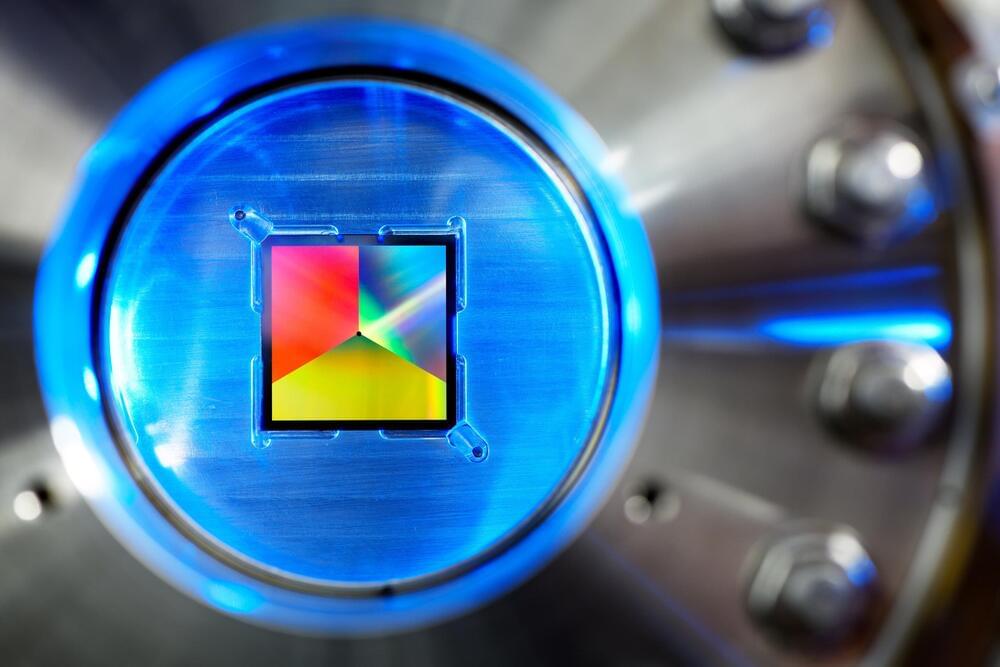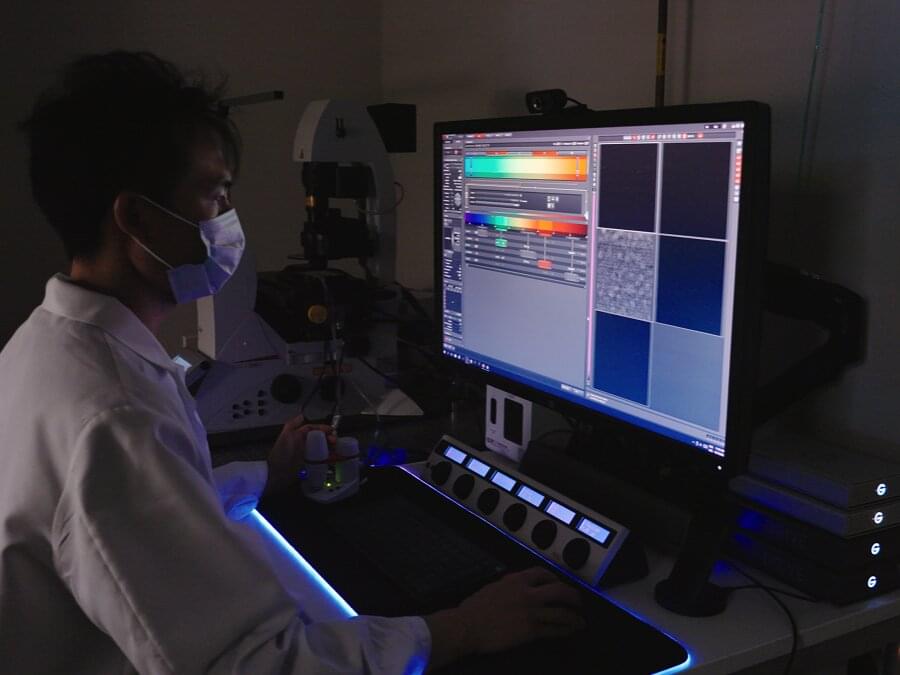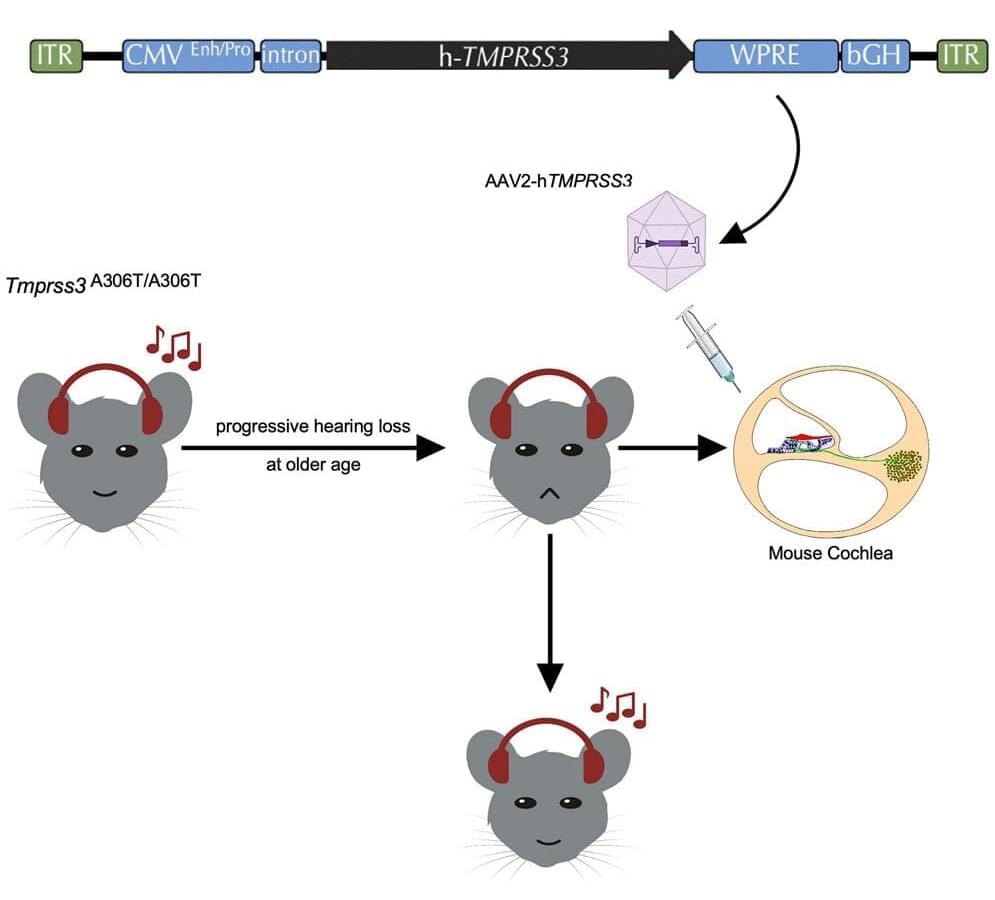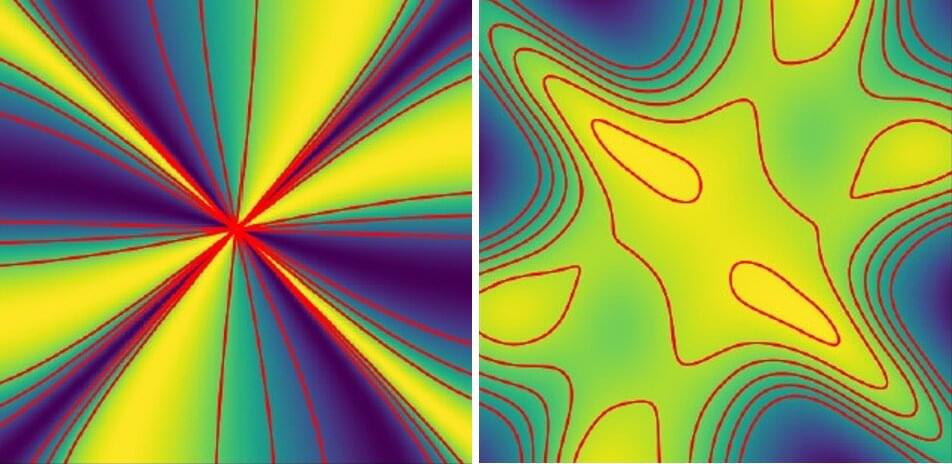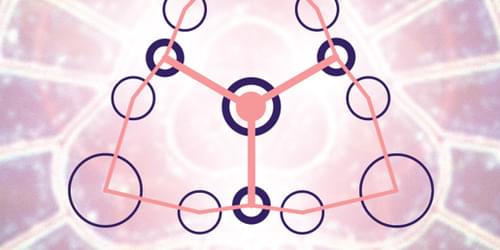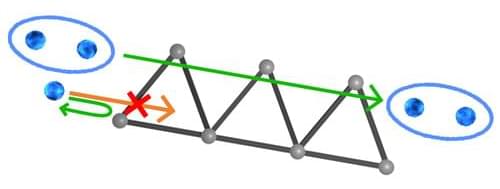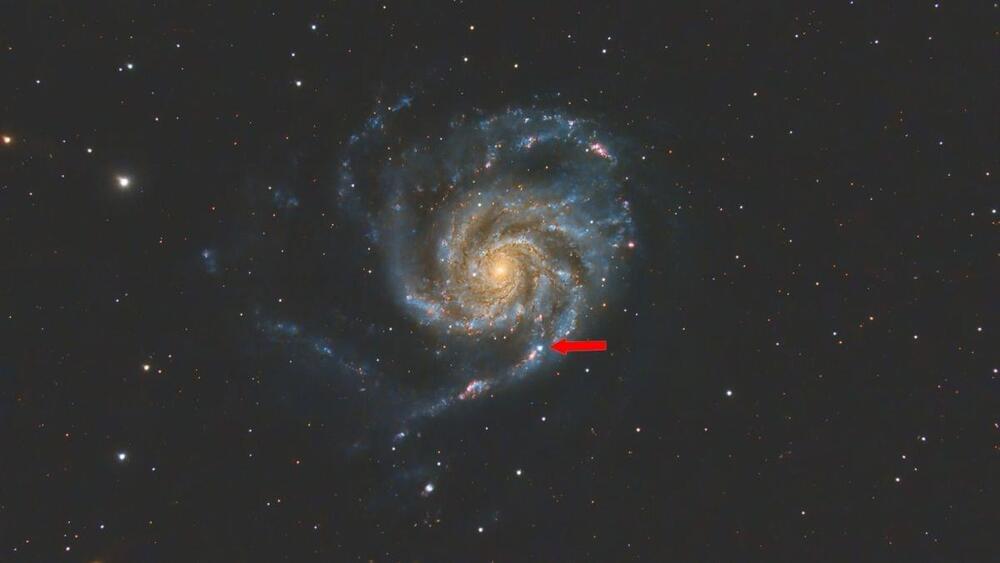May 27, 2023
A software package to ease the use of neural radiance fields in robotics research
Posted by Saúl Morales Rodriguéz in categories: information science, robotics/AI
Neural radiance fields (NeRFs) are advanced machine learning techniques that can generate three-dimensional (3D) representations of objects or environments from two-dimensional (2D) images. As these techniques can model complex real-world environments realistically and in detail, they could greatly support robotics research.
Most existing datasets and platforms for training NeRFs, however, are designed to be used offline, as they require the completion of a pose optimization step that significantly delays the creation of photo realistic representations. This has so far prevented most roboticists from using these techniques to test their algorithms on physical robots in real-time.

